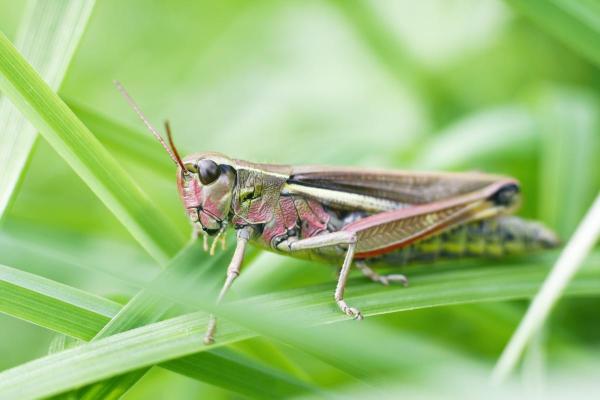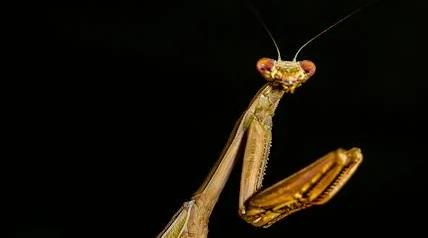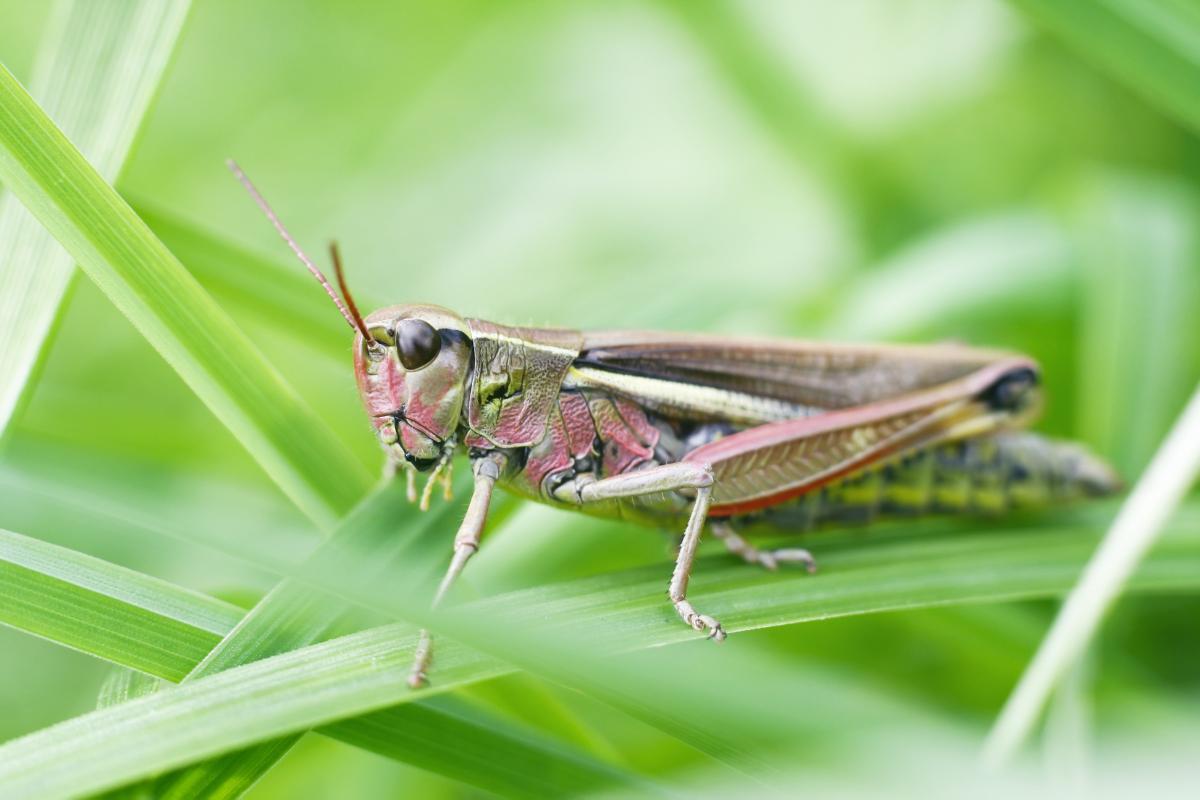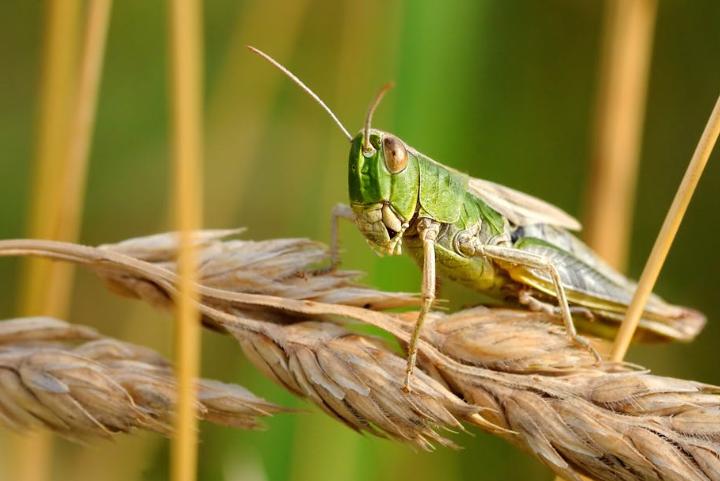How Many Legs Does a Grasshopper Have?


From expansive fields to lively meadows, grasshoppers play a crucial role in maintaining the delicate equilibrium of nature. They are renowned for their ability to defy gravity with remarkable jumps. However, have you ever pondered how grasshoppers manage to execute such leaps? The answer lies not only in their robust muscles but also in their surprisingly intricate legs.
In this article by AnimalWised, we delve into the anatomy of grasshoppers, asking a fundamental question: How many legs do they have, and what's their purpose?
How many legs does a grasshopper have?
Grasshoppers are insects belonging to the order Orthoptera and the suborder Caelifera, a diverse group that also includes crickets, katydids, and locusts. They are characterized by their ability to jump long distances using their hind legs.
Despite their impressive diversity, with over 11,000 identified species worldwide varying in size, color, and behavior, all grasshoppers share some common features. Among these are their robust hind legs, finely suited for jumping, and their chewing mouthparts.
Like all insects, grasshoppers possess six legs, strategically positioned on their thorax (the middle body segment) to enable various functions beyond jumping, including grasping surfaces for climbing and manipulating objects.
Curious about grasshopper bites? Check out our other article explaining their potential risks and what to do if you get bitten.

How does a grasshopper's legs work?
Grasshoppers, famous for their remarkable jumping ability, owe their agility to their specialized legs. Each grasshopper leg comprises five segments, which can also be observed in most insects:
- Coxa: connects the leg to the body and lets it rotate.
- Trochanter: acts like a hinge, helping the leg move up and down.
- Femur: the thickest part, it's the main muscle for jumping.
- Tibia: the longer shin part helps push and move.
- Tarsus: the foot, with small claws for grip and a soft pad for traction.
Moreover, the six legs of grasshoppers can also be grouped into three pairs. While all six legs contribute to movement, they often specialize:
- Front legs: shorter and less strong, these are used for handling food, grooming, and climbing.
- Mid legs: with moderate length and strength, they offer stability and balance while walking and moving.
- Hind legs: these are the primary legs for jumping and are highly adapted for this purpose.
This arrangement of the legs provides a stable tripod when walking or climbing, and comes in handy when navigating diverse terrains. Not only that, but each leg can independently adjust position, enabling them to grip uneven surfaces and maintain balance.

Functions of grasshopper legs
Grasshopper legs do more than help them move around, they're essential for a variety of important tasks. From eating to escaping predators, each part of their legs has a specific job, perfected over millions of years. Let us take a closer look at their diverse functions:
- Moving: their sturdy mid-legs keep them steady, while the front legs help with balance and handling things. Special hairs on their legs can even sense vibrations from predators.
- Escaping: when danger strikes, grasshoppers use their strong hind legs to jump away fast. These legs act like springs, giving them a big push. They also have features that help them jump farther and kick harder to defend themselves.
- Defense: grasshopper legs also serve as potent defensive weapons. The robust hind legs can swiftly deliver powerful kicks to ward off attackers, while the presence of spines and ridges on the legs acts as an additional deterrent against close approaches. In certain species, legs are also used to generate loud sounds, which serve as warnings to potential predators.
- Camouflage:many grasshopper species boast remarkable leg coloration that seamlessly blends into their surroundings. Not only that, but grasshoppers employ leg posture and movement to improve their camouflage. By imitating the swaying motion of leaves or twigs, their legs create a convincing illusion to avoid predators.
- Eating: grasshoppers use their flexible front legs to grab and handle food, making sure they get enough to eat.
- Mating: male grasshoppers use their hind legs to make sounds that attract females. Then, they use their front legs to hold onto them while they mate.
It is important to note that the grasshopper's legs are not just limbs; they function as extensions of the nervous system, sensory organs, and muscles, collaboratively supporting navigation, food acquisition, and survival.
Curious about what fuels those grasshopper leaps? Dive into their diet in our other article.

If you want to read similar articles to How Many Legs Does a Grasshopper Have?, we recommend you visit our Facts about the animal kingdom category.








